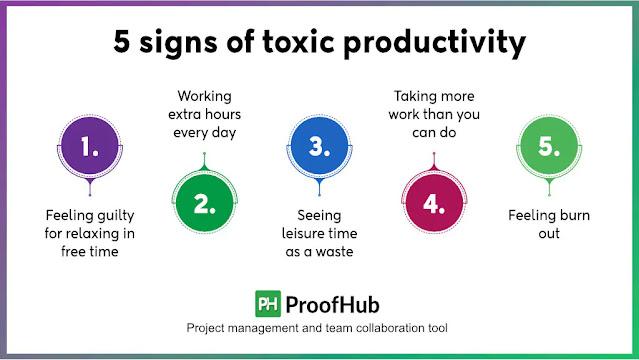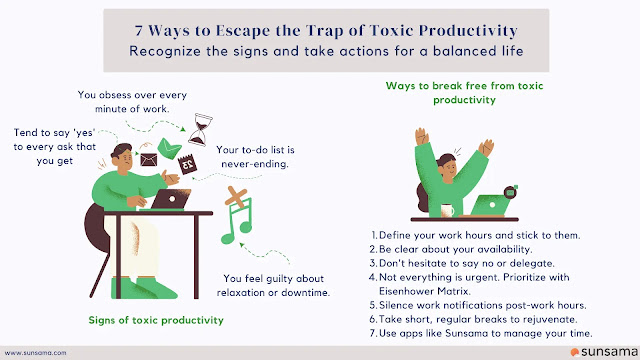#590
Disclosure: I am a staunch conservative who doesnt care a bit about ,DEI, WOKE, ESG, LGBTQ & all alphabet soup. Feminism to some extent is ok for me as it has some positive aspects.
In the past 24 hours, I had the opportunity to watch two documentaries that delve deep into some of the most polarising and controversial issues of our times: "What is a Woman?" by Matt Walsh and "Am I Racist?". Both productions are not just eye-openers but also serve as a mirror to the cultural and ideological chaos unfolding across the globe.
These documentaries explore critical topics like the confusion between sex and gender, the transgender movement, and the fabricated narratives around racism perpetuated by woke ideologies, Diversity, Equity, and Inclusion (DEI) movements, and mainstream media. While these are primarily American phenomena, the ripple effects of these cultural storms are already being felt in India, albeit to a lesser extent. But how long before they engulf us too?
Transgender Ideology: A Minority Ruling the Majority?
In "What is a Woman?", Matt Walsh goes to the heart of the transgender debate. He questions the very fabric of this ideology and travels across cultures to find answers. The most striking moment, for me, was his interview in Kenya. When he explained the Western concept of gender fluidity and a man identifying as a woman, the locals laughed outright. Their reaction wasn’t just one of disbelief but also a stark reminder of how detached this ideology is from grounded realities.
With less than 1.4 million individuals in the US identifying as transgender, how has this minority managed to dominate public discourse, policies, and even corporate mandates? Similarly, in India, the transgender population is about a million—a tiny fraction of 1.4 billion Indians. Yet, the noise they generate has outpaced their numbers, driven by urban woke circles and aided by global DEI campaigns.
While India’s cultural and traditional roots have historically embraced diversity—including the existence of hijras—the Westernised version of gender politics threatens to rewrite those narratives, forcing conformity to a borrowed chaos.
Racism and the Plight of the 'Majority'
"Am I Racist?" struck a deeply personal chord. As a Brahmin from Tamil Nadu, I’ve seen firsthand how relentless mudslinging against our community has shaped public perception over decades. For the past 75 years, Brahmins in Tamil Nadu have been vilified as the privileged oppressors, irrespective of individual experiences or actions. As someone who never resonated with Tamil culture or its politics, I made the difficult but a decision dictated by common sense, to leave my roots behind nearly 40 years ago.
Watching the documentary made me empathise with the struggles of white people in the West, who are increasingly painted as villains in their own nations. Much like how the anti-Brahmin movement in Tamil Nadu alienated an entire community, woke ideologies have amplified racial guilt to unbearable levels in countries like the US, UK, and Australia. Ironically, when you speak to the average Black or Hispanic individual, their perspectives often differ vastly from the narratives churned out by woke activists or left-leaning media.
The Woke Plague: A Warning for the English-Speaking World
The dominance of woke ideology, DEI, ESG (Environmental, Social, and Governance), and the entire alphabet soup of activism is, in my view, a virus that primarily plagues the English-speaking world. Nations like the US, UK, Canada, and Australia are grappling with an identity crisis spurred on by leftist ideals. Meanwhile, countries like Kenya, Russia, and other religious nations, rooted in traditional values, find such ideas laughable.
India, for now, is shielded by its rich cultural diversity and grassroots pragmatism. But with urban elites pushing woke ideologies in corporate boardrooms, media, and educational institutions, how long before the contagion spreads? This borrowed Western chaos could threaten to undermine India’s natural harmony, much like what has happened elsewhere.
Looking Forward: The Need for a Pushback
I hold a firm belief that the pendulum is already swinging back in the West. With leaders like Donald Trump potentially returning to power and voices like J.D. Vance gaining prominence, also crusade championed by Elon Musk on DEI/WOKE/ESG, there is hope for a counter-narrative to reclaim the cultural sanity that prevailed in the 1980s. If these movements succeed, by 2037, much of today’s artificial outrage around race, gender, and identity could be relegated to history books.
For India, this moment is crucial. We must preemptively guard ourselves against this ideological invasion. Recognising and addressing genuine issues is important, but not at the cost of importing artificial, divisive narratives that serve no purpose.
Conclusion
Both documentaries are a must-watch for anyone seeking to understand the origins and implications of woke culture. They also serve as a reminder of what is at stake if we fail to address these issues head-on. For India, the lesson is clear: learn from the West’s mistakes and avoid the trap of ideological colonisation.
Jordan Peterson Gave a fitting answer to What is a woman? "Marry and see; and ask your wife? Matt's Wife Replied " Documented Female".
Karthik
23rd Nov 2024. (JFK assassination date) JFK would have been expelled from the Democratic party for his conservative views now in 2024.
9am.
From Boston to Dallas......The Spot Where the Bullet entered JFK (X)
Last moments of JFK being alive.



























